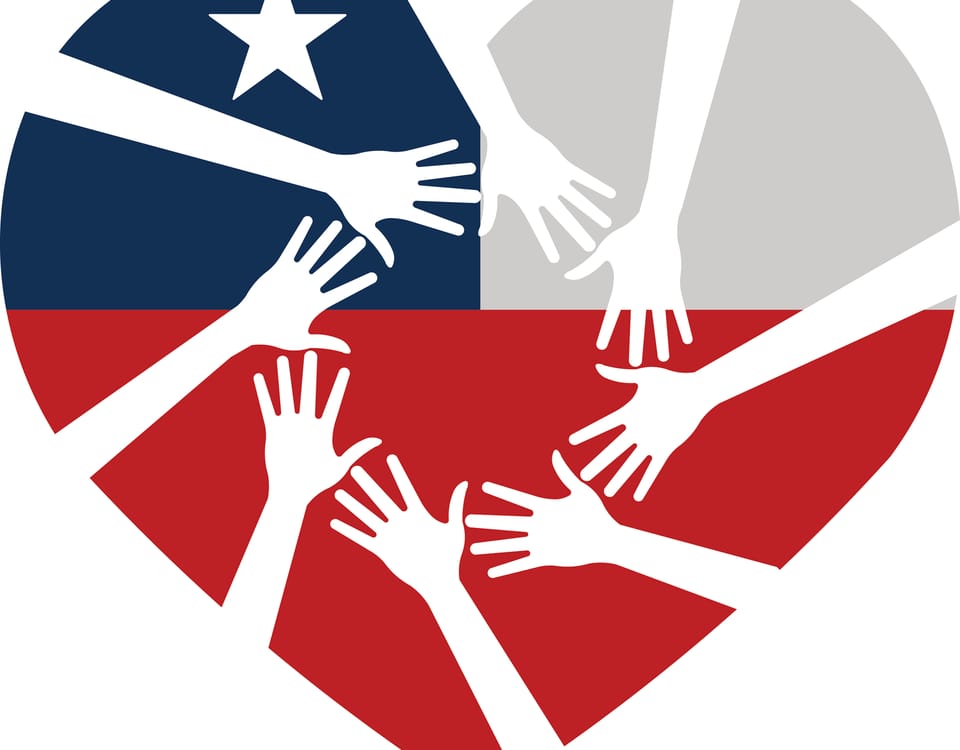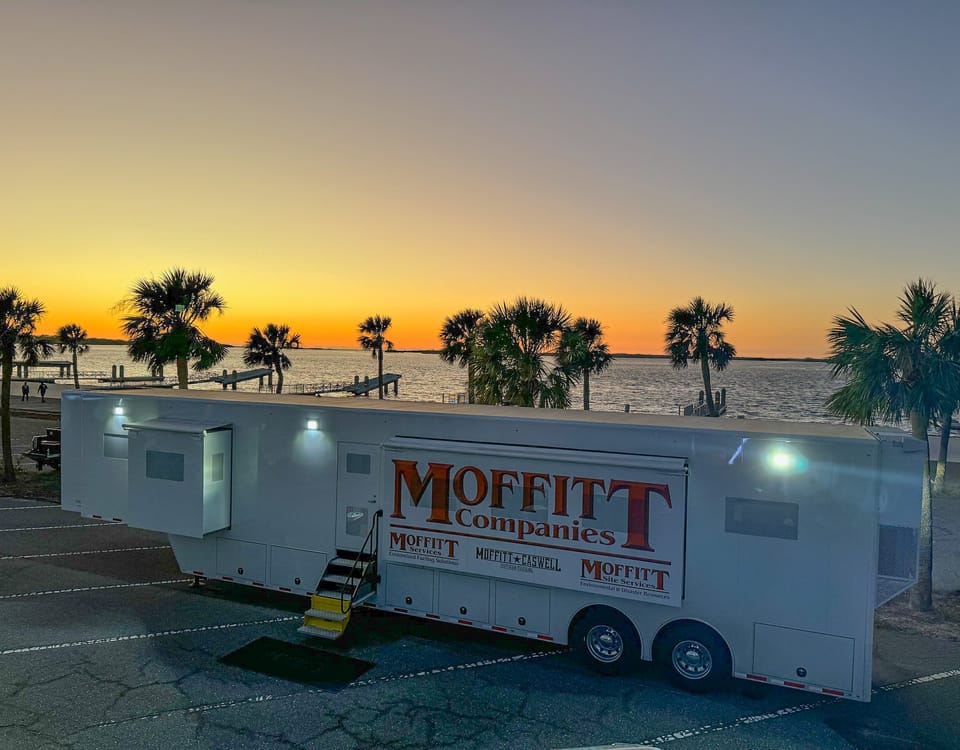
When natural disasters strike, it can be with a startling suddenness. Modern weather predictions, for all the marvels of modern science, still often get things wrong. Hurricanes, in particular, can bring untold devastation. The fearsome combination of high-speed winds and torrents of water make hurricane response a tricky proposition. One of the best things you can do to be ready is make a hurricane preparedness kit. But what should be in it? Follow our list below to put together your kit, and ease at least a portion of the stress a storm can bring.
How Many People Need Kits?
Before we get started, it’s important to consider how many people you will be creating kits for. The items discussed below will be enough to create a hurricane preparedness kit for one person to shelter in place for approximately 72 hours. Obviously, you’ll need to create one of these kits for each household member. Additionally, it may not be a bad idea to have at least one extra kit on hand in case you have company in the event of a storm. After all, you’re taking time to be prepared already. Creating an extra kit doesn’t take too much more effort.
Bag
The first thing you’ll need to get is a bag or backpack to hold all of your various equipment. A duffel bag or suitcase can work, but a backpack is probably the best choice. For one thing, a backpack will help even out the weight distribution of the gear. Also, a backpack will be easier to carry, should the need to evacuate arise. You may feel the need to but a cheap bag, but resist the urge. When preparing for a hurricane, you’ll want a reputable, water-proof bag to protect your kit.
Food and Water
As stated above, you’ll want enough food and water for 72 hours. Mountain House makes fairly affordable free-dried meals. These are often used for camping and hiking, but serve just as well for emergency preparedness. Usually, one of these meals is more than enough for a single serving for a single person, so be judicious in how many you procure. In addition to Mountain House, there are several other brands which make comparable options.
Water is a bit trickier. You can get bottles, but these rapidly add weight to your kit. You can also opt for a filtration system, and utilize found water. LifeStraw makes an extremely portable filter.
You’ll also want a small portable camp stove. If a hurricane strikes, power may be go down. Dishes and utensils are also a good idea.
First Aid
You can purchase a premed first aid kit, or create your own. Either way, you’ll want a variety of bandages. You’ll also want basic over-the-counter medications, such as aspirin. In addition, if you have any specific medical needs, you’ll want extras of any of those supplies.
Light and Heat
Pack multiple light sources for each kit. At least two different types of flashlight at a minimum. For heat, pack waterproof matches and flint and steel(or any other type of fire starter).
Additional Gear
You’l also want a fixed-blade knife, a sandcrank radio, and emergency blankets. If you can procure a map of the area, do so. In the event of a severe disaster, there will likely be emergency crews in the area. But if you don’t have to rely on them, don’t. The more you can provide for you and your family, the better. There will likely be dozens if not hundreds of people in need of help.
The list above is not exhaustive, but if you put all these items together, you’ll be well on your way to being prepared.




